
Though baby food in plastic pouches has made mealtimes easy and convenient for parents across the UK, an investigation by BBC Panorama has found that baby food from several leading brands offers scant nutritional value and contains shocking amounts of sugar.
Pouches of baby food from the likes of Ella’s Kitchen, Heinz, Piccolo, Little Freddie, Aldi and Lidl were tested and found lacking in essential nutrients. A “pure mango” pouch from Piccolo contained less than 0.1mg of vitamin C – a fresh mango contains 18.2mg.
Many of these brands are marketed as healthy alternatives to homemade food, but critics argue that a mixture of greenwashing, wellness washing and halo marketing could be responsible for poor health from infancy.
“The findings are concerning,” says nutritionist Claire Johnson. “Many of these convenient, squeezable products are low in essential nutrients such as iron and vitamin C, both of which are vital for babies' brain development, immune function and overall growth.”
“Even more troubling is that some products contain levels of free sugars that exceed what a one-year-old should consume in an entire day, despite being labelled as ‘no added sugar’. This matters. Nutrition during the first 1,000 days of life (from conception to a child’s second birthday) is critical for healthy development and long-term health. Poor-quality food choices during this window can have lasting effects on a child’s physical, emotional, and cognitive development,” says Johnson.
The National Institute for Health and Care Excellence guidelines state you should start weaning at six months. So what does optimal nutrition look like for under-twos?
“Toddlers and babies have high nutritional needs but small appetites, meaning every bite counts,” says Johnson. “The goal is to offer nutrient-dense foods regularly.”
Key nutrients include –
Iron, which is crucial for brain development and energy
Vitamin C, which supports immunity and helps absorb iron
Healthy fats for brain and nervous system development
Zinc, calcium, iodine and B vitamins for bone health, immune function, and metabolism
Of course, ready-made foods can make life much easier, especially when you’re on a tight schedule or just feeling exhausted. But early in life, it’s important to strike a balance. The key is weaning using quick recipes or foods you’re already cooking at home so that you can incorporate more whole foods, more high-quality nutrients, less sugar and more of the foods that support healthy development.
Below, Jonson recommends the best recipe books for healthy weaning, tips on what to eat, how to shop, and the red flags to watch out for when shopping for baby food.
The ultimate weaning and toddler cookbook by Charlotte Stirling-Reed
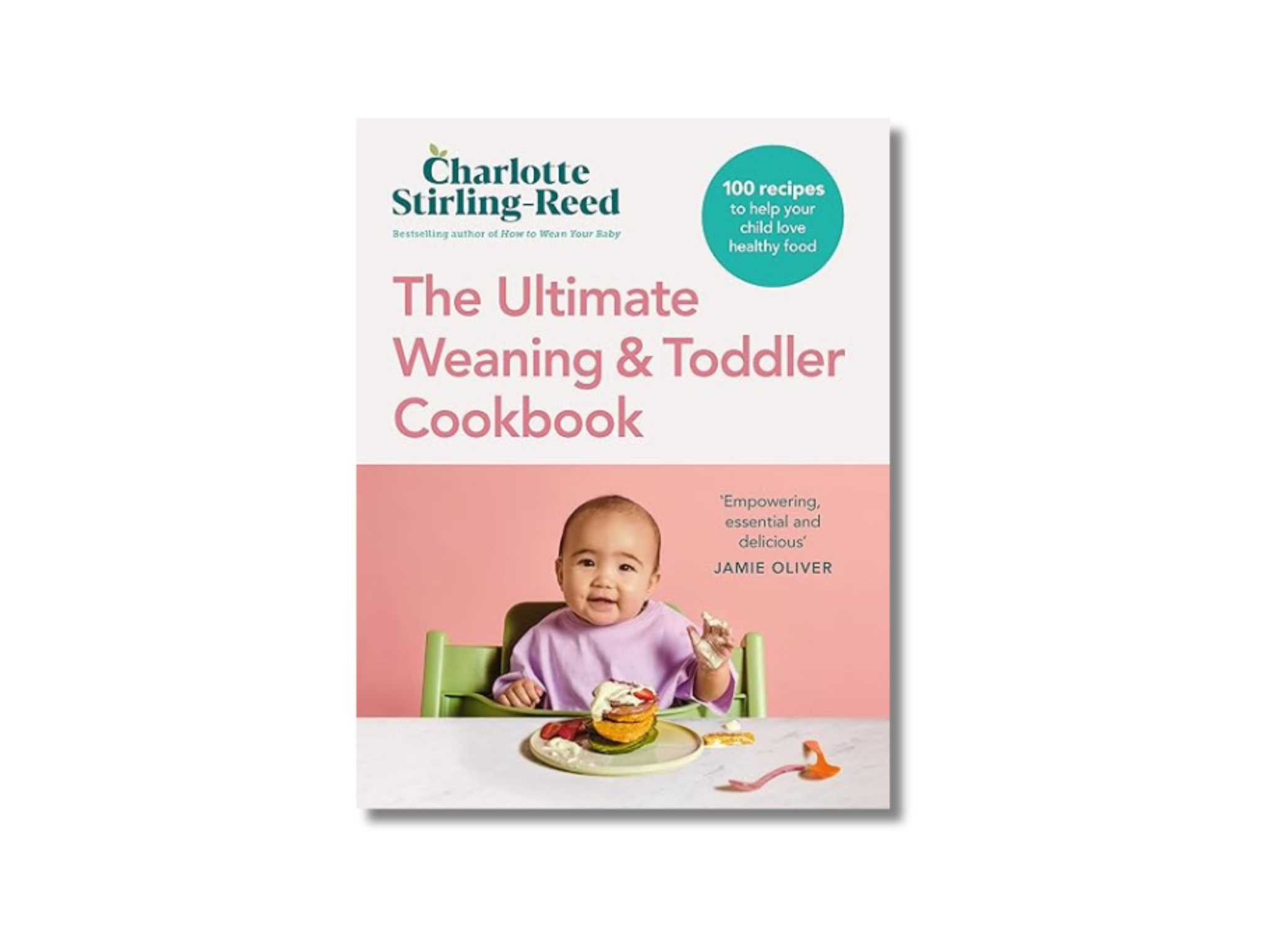
This book is a go-to for new parents seeking expert advice. The likes of Ella Mills, Jools Oliver, and Joe Wicks have all referred to Stirling-Reed’s recipes and guidance as game-changing for weaning.
“This is a brand-new resource packed with simple, balanced recipes for babies and toddlers,” says Johnson. “It offers guidance on portion sizes and key nutrients, all from a trusted UK nutritionist.”
Buy now £10.99, Amazon.co.uk
What Mummy Makes: cook just once for you and your baby by Rebecca Wilson
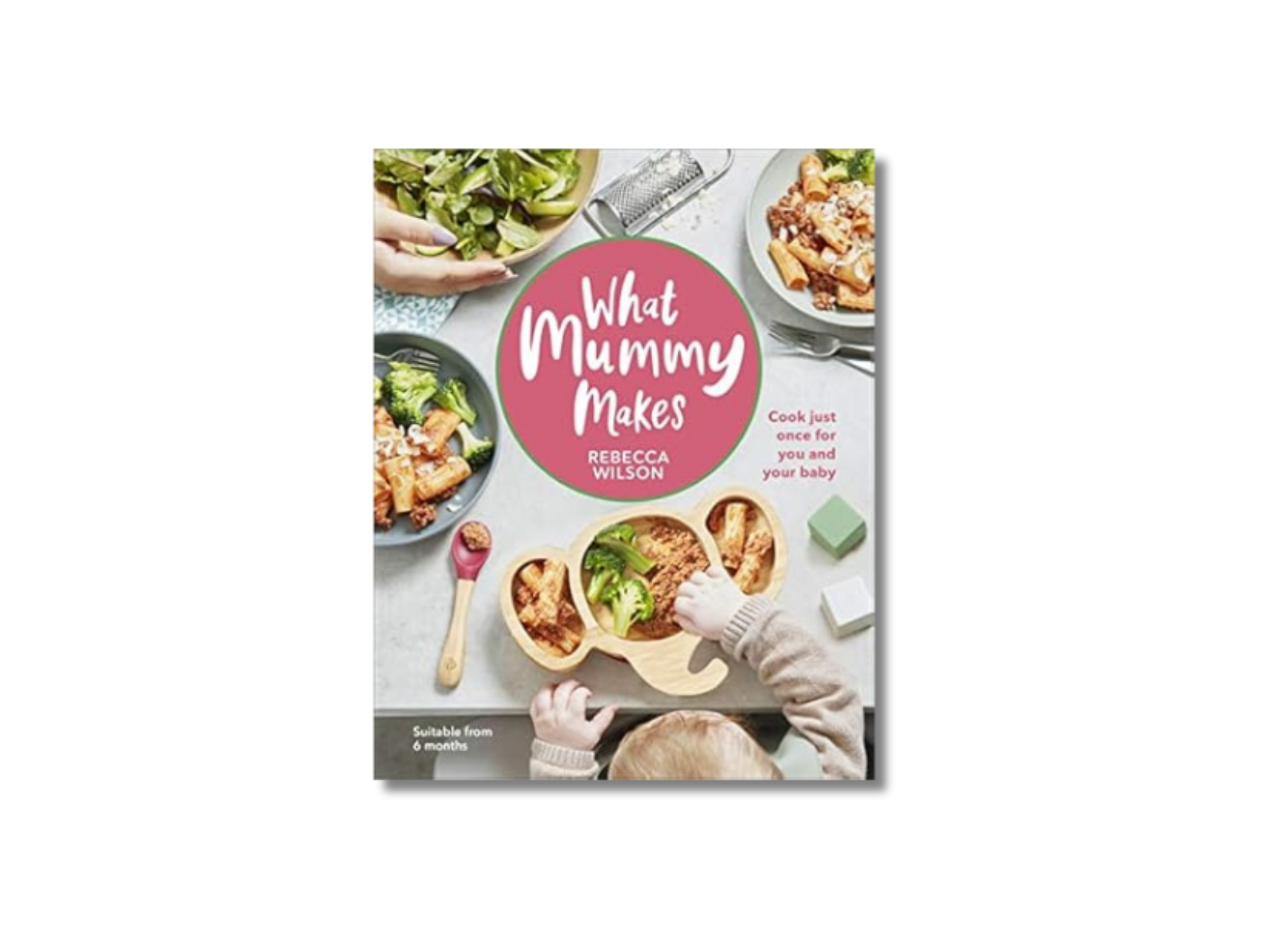
This recipe book contains 130 recipes for children six months and up. Each is adaptable and and the whole book presents a new way to wean and introduce new foods, along with advice from dietitian Lucy Upton. Don’t miss the “freezer stash” chapter, which is filled with simple make-ahead ideas.
Buy now £17.97, amazon.co.uk
Annabel Karmel’s New complete baby and toddler meal planner
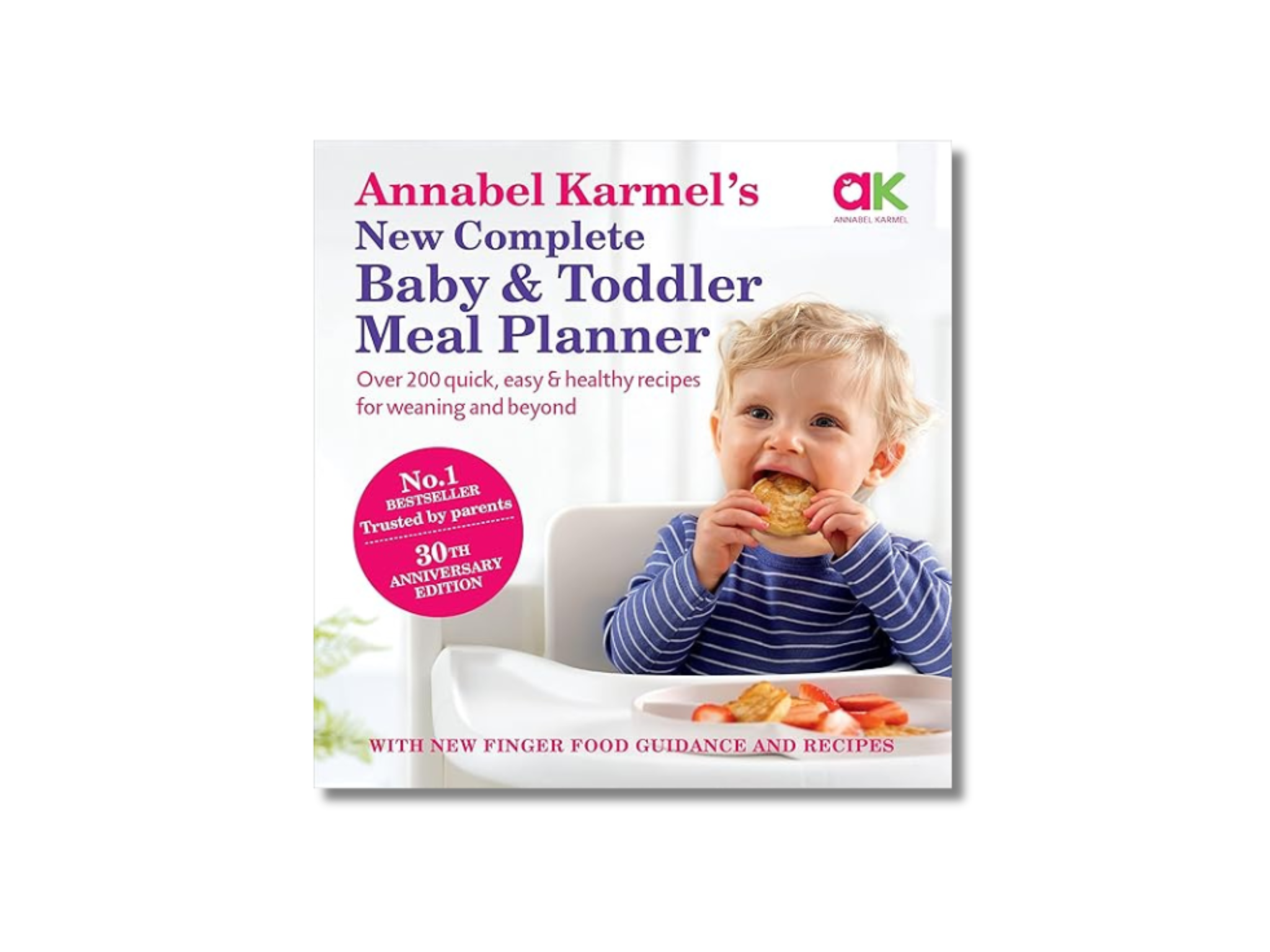
It’s hardly surprising that Annabel Karmel is commonly referred to as the “queen of wean”. Her first cookbook, released in 1991, is one of the bestselling non-fiction hardbacks of all time. Karmel celebrates the 30th anniversary of her most trusted cookbook with this fully updated and extended edition.
“A fully updated classic with over 200 quick and nutritious recipes, this dependable book includes advice on textures and finger foods, making it a go-to guide for meal planning,” says Johnson.
Buy now £13.05, amazon.co.uk
How to feed Your toddler by Charlotte Stirling-Reed
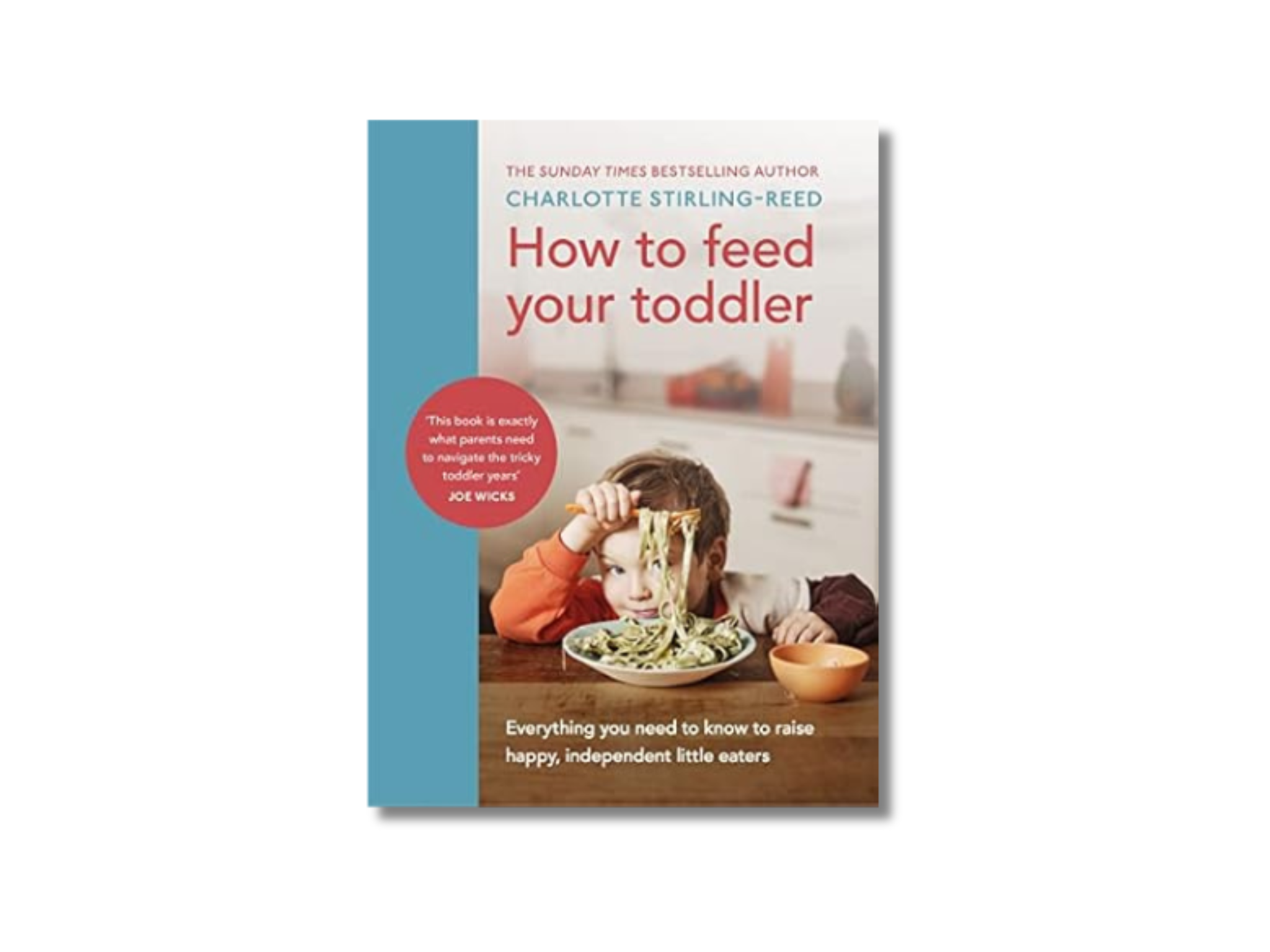
Beyond weaning, toddlerhood can be one of the most challenging times for parents. It’s the stage in which habits and phobias around food can solidify. This book helps to make sense of the journey and offers guidance on every aspect of mealtimes.
“It focuses on the specific needs of toddlers, from nutrition to behaviour and includes research-based strategies for supporting independence and reducing mealtime stress,” says Johnson.
Buy now £13.45, amazon.co.uk
Let’s Cook by Buddy Oliver
.png)
Though this book is better suited to parents who want to get their kids into the kitchen, rather than those struggling with weaning, it’s a great resource for building food confidence and interest.
“Although aimed at slightly older children, it’s a fantastic way to get toddlers involved in the kitchen early and foster a love of food through simple, hands-on recipes,” says Johnson.
It contains more than 60 accessible recipes that are kid-friendly and encourage knowledge of healthy eating and an interest in cooking. It’s an ideal stepping stone for toddlers and primary-age children.
Buy now £14.00, amazon.co.uk
Wean in 15 by Joe Wicks
.png)
Though Joe Wicks is best known for his workouts, his approach to healthy habits also includes eating well from an early age. Written in collaboration with nutritionist and weaning expert Charlotte Stirling-Reed, Wicks’ first cookbook for babies is packed with 100 recipes, nutritional advice, and colourful imagery. The cookbook is easy to navigate, with chapters signposted according to your child’s age range – “six months”, “seven-nine months” and so on.
“Wean in 15 offers simple and trustworthy ideas, combined with expert guidance from a registered nutritionist,” says Johnson. “You can find lots of healthy finger food ideas and lots of useful tips for weaning, routines, and baby feeding in general. Great for those who need a solid but simple starting point!”
Buy now £10.82, amazon.co.uk
River Cottage baby and toddler cookbook by by Nikki Duffy
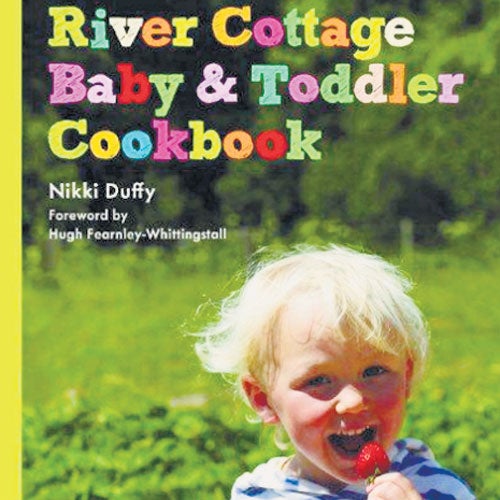
From seasonal purees to wholesome recipes for babies and toddlers, this informative cookbook applies the River Cottage ethos of cooking naturally, seasonally and sustainably to feeding babies and toddlers.
Written by Nikki Duffy, with an introduction from Hugh Fearnley-Whittingstall, it takes a seasonal approach to weaning with a handy “in season” calendar in the introduction, and chapters divided into spring, summer, autumn and winter.
The cookbook does include a selection of purees, but its main philosophy is to support baby-led weaning – think summer vegetable pasta, beetroot coleslaw, and veggie bean curries.
Buy now £13.69
Healthy weaning FAQs
How to start weaning with whole foods
Weaning is a stage-by-stage process and one that’s constantly changing, which can be a blessing and a curse when it comes to cooking. She advises switching things up often, but going for tried and tested foods that experts recommend.
A diet that hits every nutritional benchmark is what you want to aim for, but if a meal doesn’t comprise every food group or vitamin, don’t be too self-critical. Johnson advises that iron-rich foods are a good starting point when feeding babies and toddlers.
“Consider things like meat, beans, tofu, eggs or iron-fortified cereals,” she says. “Pair these with vitamin C-rich foods – like fruits or tomatoes – with iron-rich foods to improve absorption.”
“Home-prepared meals with soft textures might comprise mashed root vegetables, lentils, oily fish, and full-fat dairy. Then you can gradually introduce finger foods to support oral development and self-feeding. Remember that repeated exposure is key, as it can take 10 or more tries before a new food is accepted,” she says.
Can shop-bought baby food be part of a healthy diet?
Though recent studies show that ultra-processed foods can shorten your lifespan, this doesn’t mean you should avoid all shop-bought foods. “Some processed baby foods can provide useful convenience for busy families or when travelling. The key is to choose wisely, in moderation and with careful selection,” explains Johnson.
“The goal is variety and balance. Homemade food helps expose children to different flavours and textures, which is vital for developing healthy eating habits.”
How to shop
Look for products with short, recognisable ingredients
Avoid those with added sugar or high salt content
Use iron-fortified cereals when needed
Choose pouches or jars that complement, rather than replace, home-prepared meals
Read more: Best multivitamins for men, women and children, according to an expert







